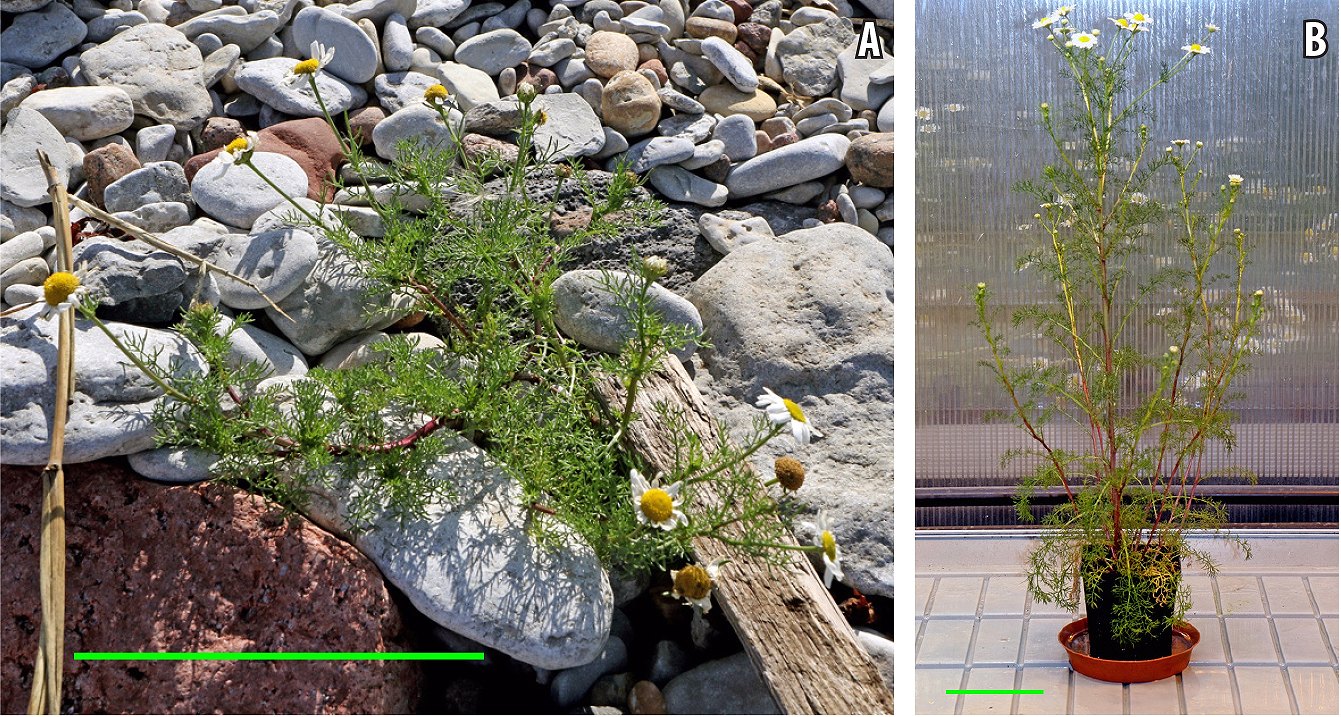Tripleurospermum maritimum from a coastal shingle beach: nitrophilic status, tolerance to salinity and heavy metals
DOI:
https://doi.org/10.22364/eeb.19.25Keywords:
coastal species, electrolyte accumulation, mineral fertilizer, heavy metals, nitrogen, salinity, shingle beach, Tripleurospermum maritimumAbstract
Tripleurospermum maritimum is a species characteristic for several protected sea coast habitats. The aim of the present study was to investigate possible nitrofilous status, tolerance to salinity and heavy metals, as well as the metal accumulation potential of T. maritimum plants from a sea-affected coastal habitat in controlled conditions. Plants were cultivated in an automated greenhouse in containers with a substrate made from garden soil and quartz sand. Three separate experiments were performed: (i) plants received combined treatment of three different doses of mineral fertilizer plus additional NO3‑N or NH4‑N; (ii) plants were treated with increasing concentration of NaCl; and (iii) plants were treated with increasing concentration of Cd or Pb. After seven weeks of cultivation, plant morphological characteristics, soluble ion concentration in tissue extracts and tissue Cd and Pb concentrations were measured. Increase in mineral nutrient availability stimulated shoot growth of T. maritimum plants. Addition of N fertilizer resulted in further increase of shoot biomass by 20 to 30%. Plants exhibited good tolerance to increased Na+ concentration, with only about 30% reduction in shoot biomass at 5 g L‑1. High electrolyte accumulation potential was evident in shoots, with preferred accumulation of K+ over Na+. Tolerance to heavy metals was very high, as growth of plants was not affected even in 100 mg L‑1 Cd treatment. Root biomass of plants treated with 500 mg L‑1 Pb was reduced only by 35%, while shoot growth was unaffected. Both Cd and Pb were preferentially accumulated in roots of T. maritimum, with concentration in aboveground parts being less than 10% from that in roots. In conclusion, the coastal accession of T. maritimum from a shingle beach is moderately nitrophylic with high salinity tolerance and very high tolerance to heavy metals, with characteristic exclusion of the metals from aboveground parts.

Downloads
Published
Issue
Section
License
Copyright (c) 2022 Environmental and Experimental BiologyThis is an open access journal which means that all content is freely available without charge to the user or his/her institution. Users are allowed to read, download, copy, distribute, print, search, or link to the full texts of the articles in this journal without asking prior permission from the publisher or the author. This is in accordance with the BOAI definition of open access. Author(s) of the published papers retain copyright, the papers are made freely available for non-commercial purposes, allowing download, reuse, reprint and distribution of the material as long as the original authors and the source are cited. This license is equivalent to the CC BY-NC-ND.

